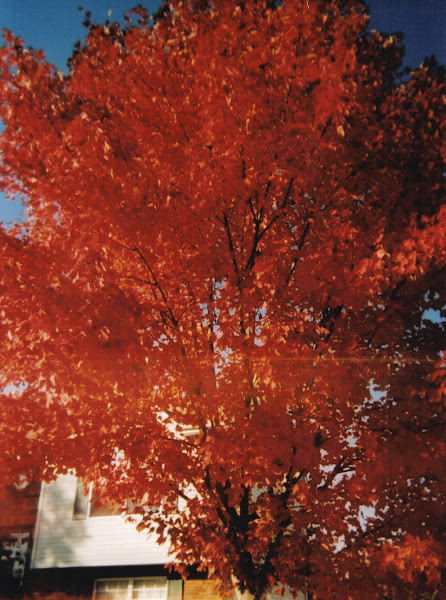Welcome to Block 4.
The photo above is a portion of
a circa 1860 quilt in my collection.
The quilting is straight lines about
1/2" apart along with echo in
the leaves and fruit.
Also fun to note that the cheddar
insert is pieced in NOT
reverse applique' as I had
originally assumed.
My first exposure to pomegranates
was from my grandma.
She loved breaking one open
and giving my brother and I
a section in a small bowl.
We would watch tv with
her and suck the pulp off
each little seed.
Very fun for a child!
My quilter did a linear layout
with poms going in
different directions.
Pomegranates were one of
those exotic plants coming
into the US as early as
the mid 1700s.
I am fascinated by the origin
of words and so this
name comes from a mix
of medieval Latin and French
to describe its shape and color;
pomum "apple" and
granatum "of a dark red color".
So let's talk Pomegranate or
Love Apple variations!
This design is highly recognizable
from the large roundish shape
usually in red with a sliver
of cheddar peeking through
to represent seeds even
though the seeds are red too:)
Here is a variation from
America's Applique'd Quilts.
A phenomenal collection to
get your creative juices going!
this lovely in its collection.
SO many leaves and vines, OH MY!
Barbara Brackman, Queen of
design indexing, has 10
variations in her Encyclopedia
of Applique' book.
ASSEMBLY TIPS
Once you have folded and creased
your block for alignment and use
the triangle pots for stem/
pomegranate alignment.
You will notice that my
triangles come 1/4" into
the design where the side
petals get sewn into
the seam allowance.
IF you are a seasoned
applique' quilter, you
could very easily reverse
applique' the center gold.
Come quilt along with us
as we learn about the quilts
that inspired my
WELL-LOVED LADIES
SAMPLER PATTERN
FULL PATTERN
Pomegranate TEMPLATES ONLY
where I showcase the
variations of designs and
it is exciting to announce that
this lecture will become available
in ZOOM format in 2021
for so many more guilds to access
and see all the lovely details.
ADDITIONAL READING:
The links below go into more depth about
either the history of the plants if you are a
gardener OR the history of the quilt block.
Barbara Brackman will blow you away
with all the variations she has accumulated!!
ENJOY~







No comments:
Post a Comment